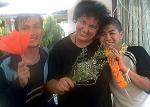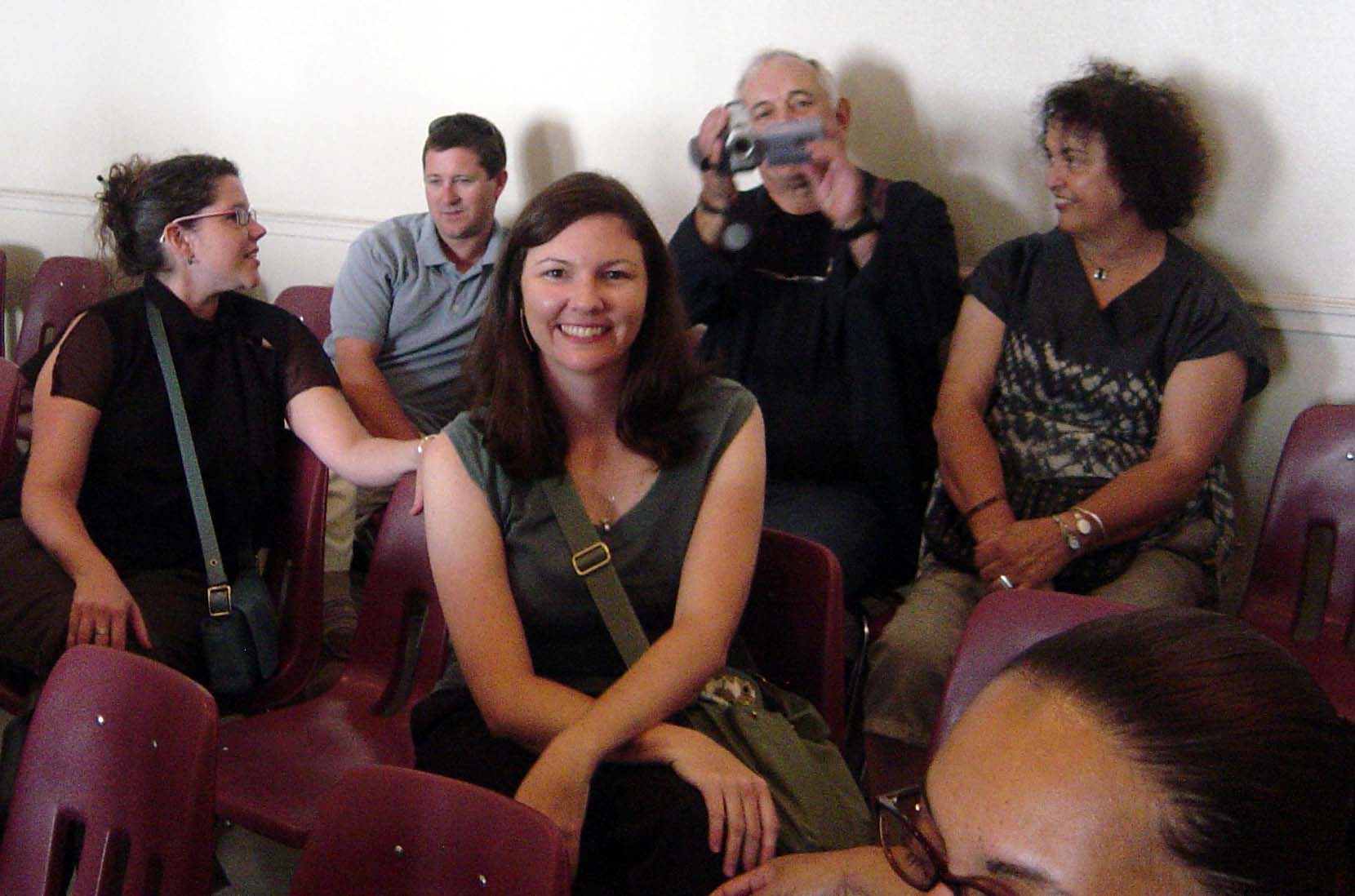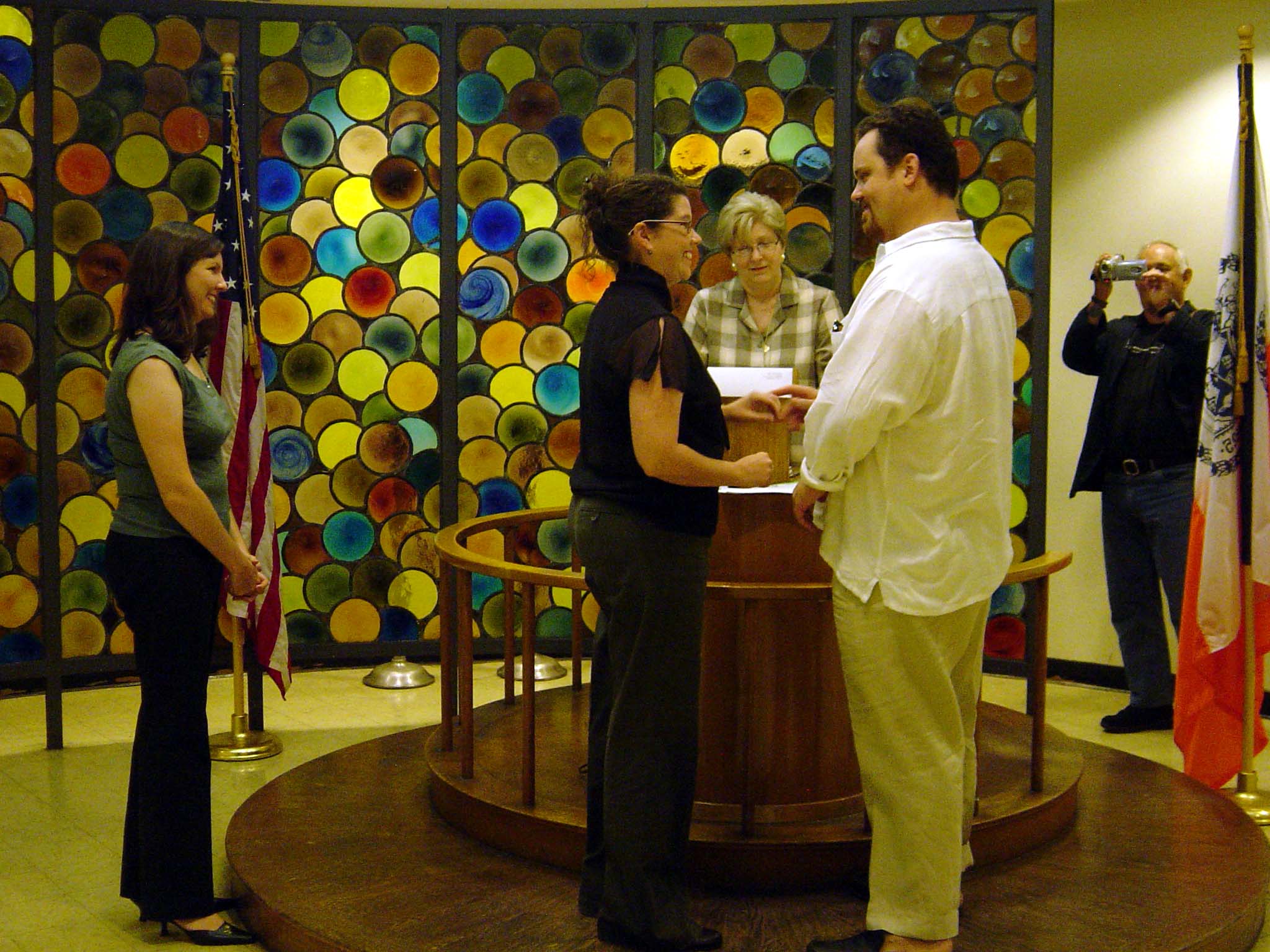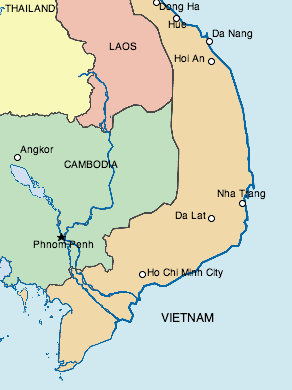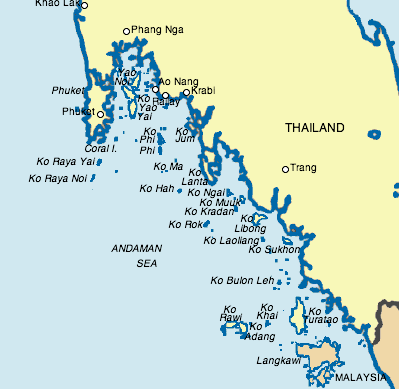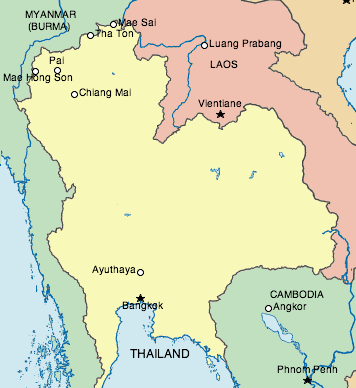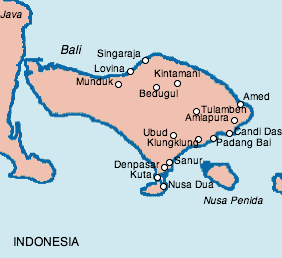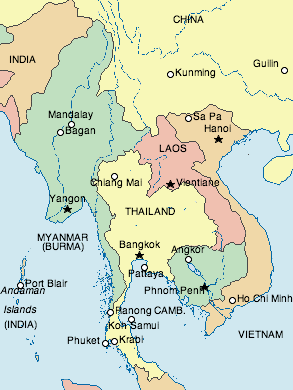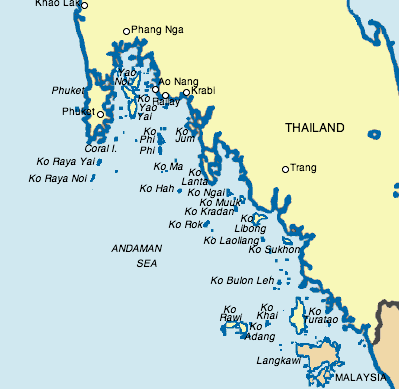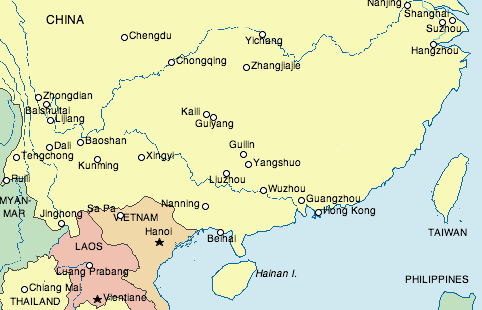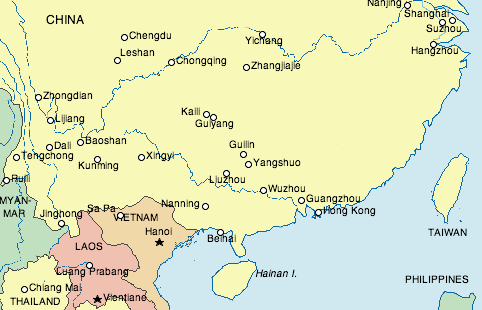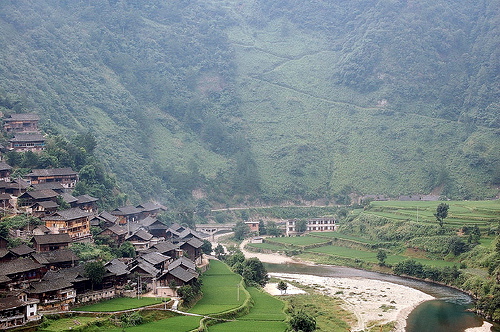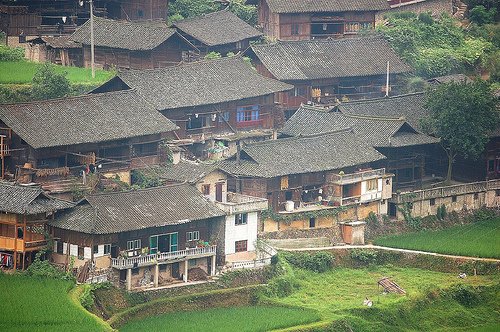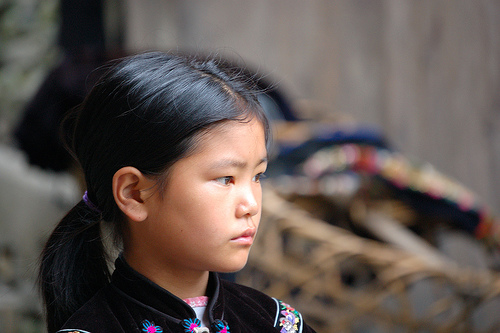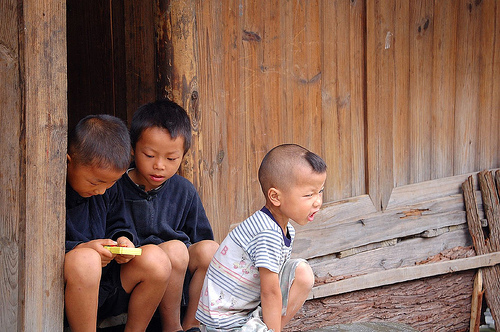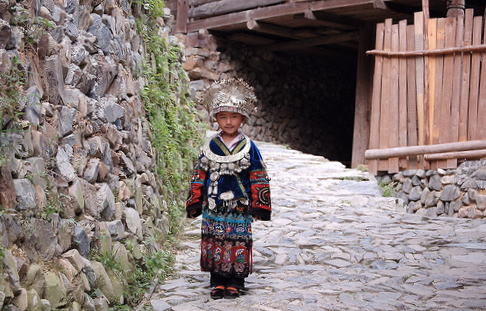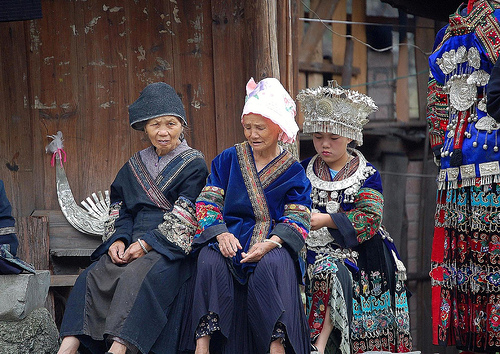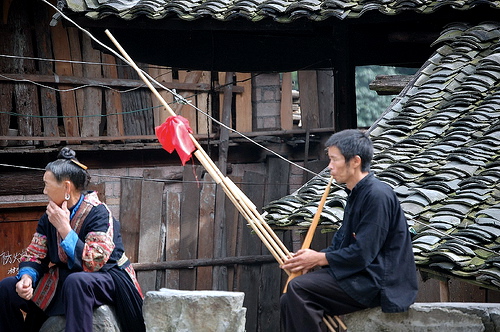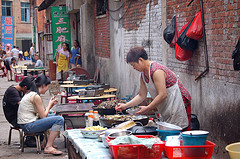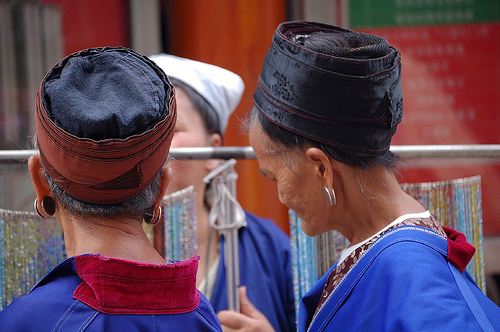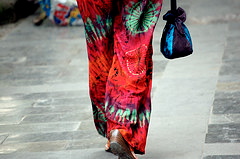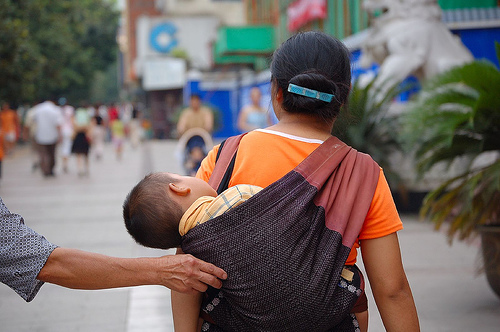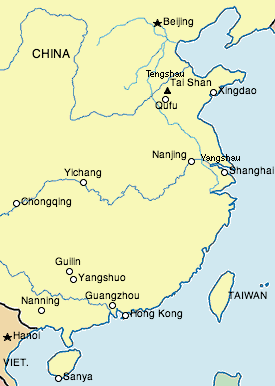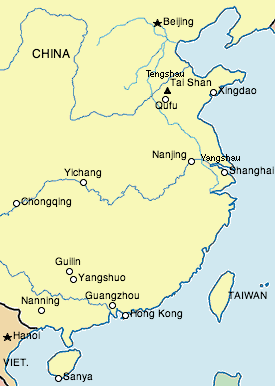Blue Ribbon Restaurant
October 23rd, 2005A call from Amy: Would you like to run into Manhattan with me to pick up Josh after work tonight? Of course, I said! Bob had already eaten stir-fry at home and preferred to watch the world series so I suggested to Amy that we go get something to eat…something light. “Public,” where Amy loves the sauteed fois gras, was closed so we drove over to the Blue Ribbon where kitchen workers (chefs) often gather late at night (or early in the morning) after work. The restaurant closes at 4am.
I absolutely love Blue Ribbon’s bone marrow sandwiches served with marmalade…three large bones with long spoons to scoop out the rich jellied marrow. We ordered a table full of small appetizers, or “apps” as Josh calls them including steak tartare, raw oysters, baked oysters, escargot and bread with a bottle of wine to go with it all. My son, daughter-in-law, good food, wine and me: Heaven!
